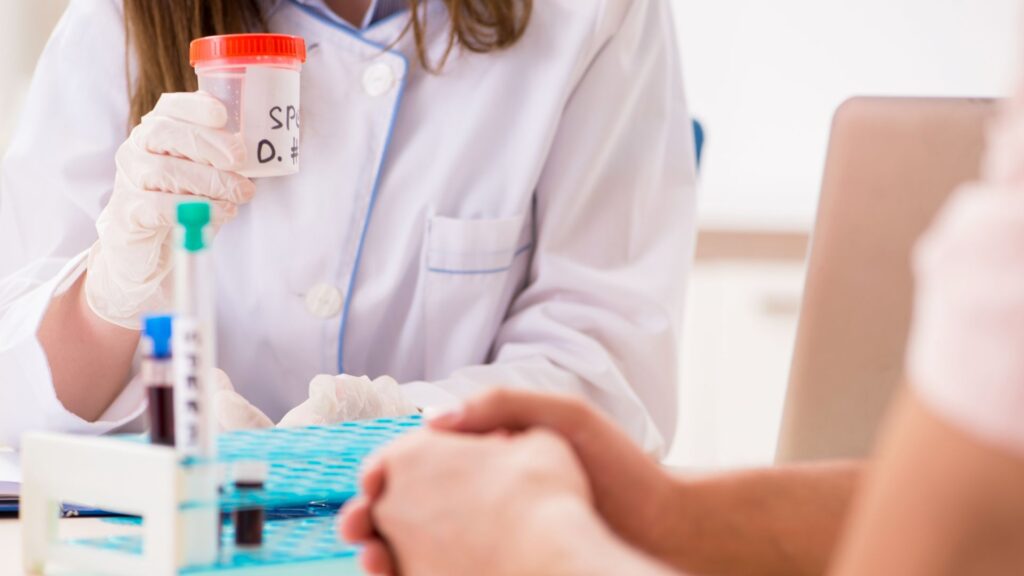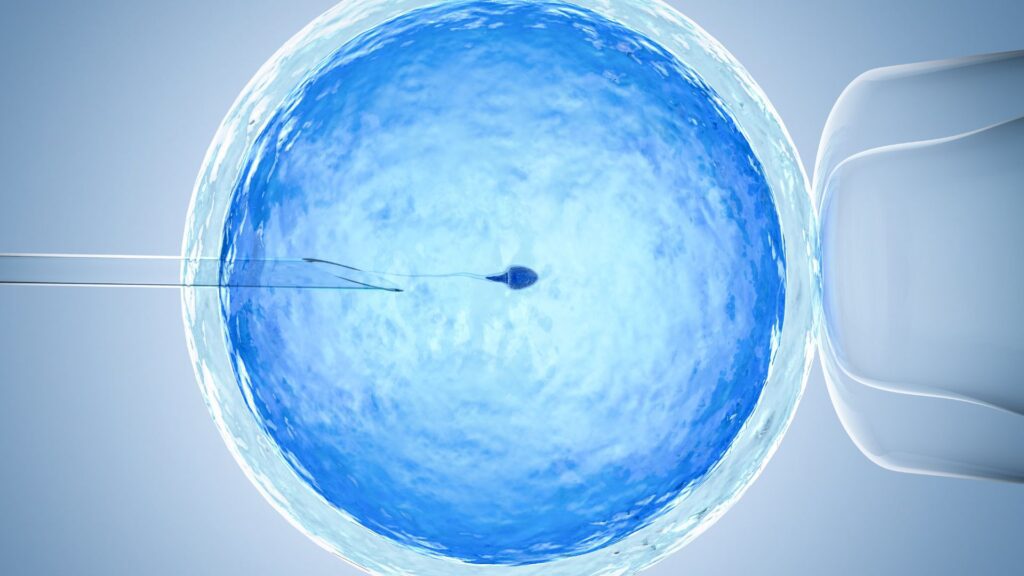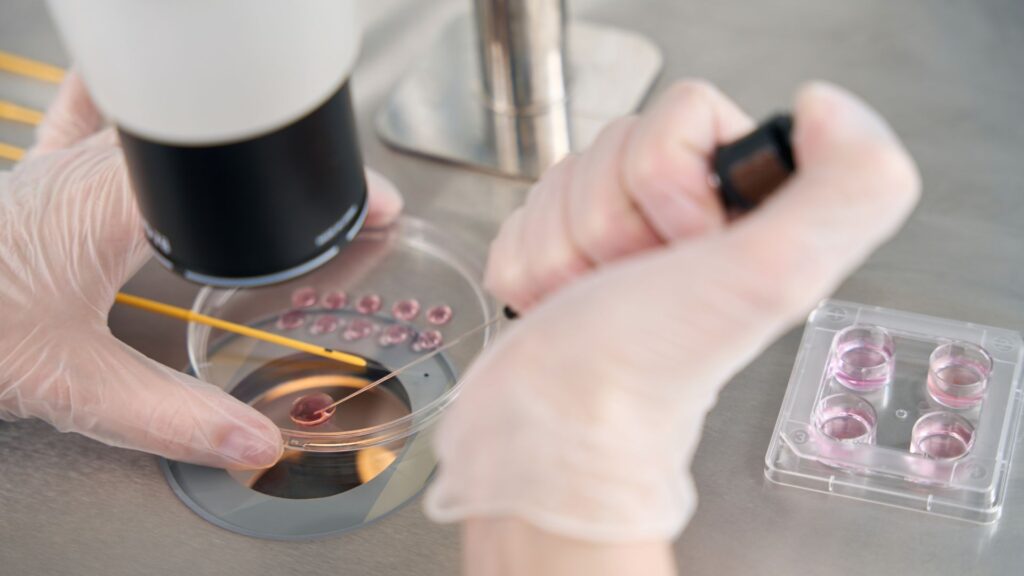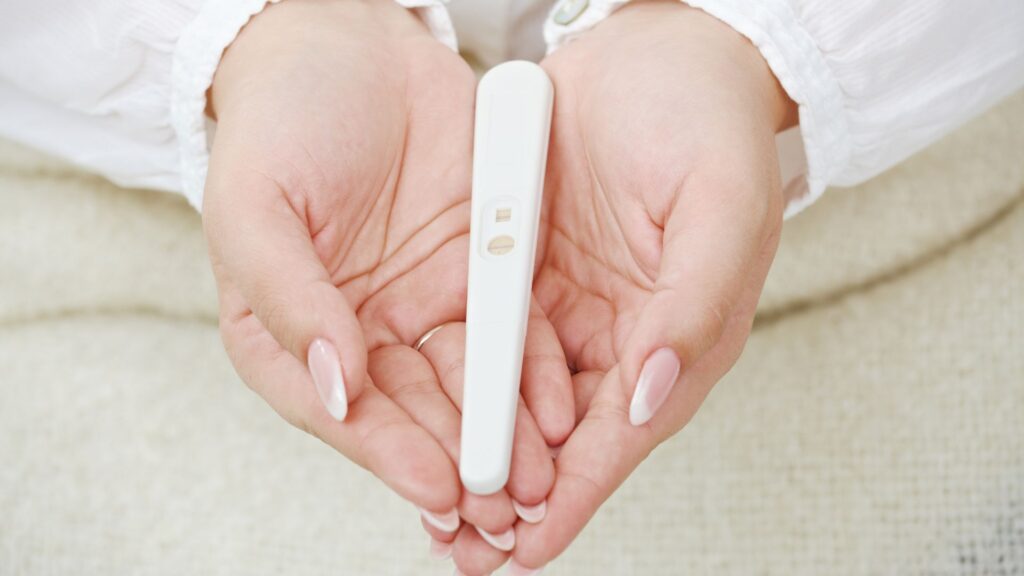Understanding the IVF Process
In Vitro Fertilization (IVF) is a widely recognized fertility treatment that helps individuals and couples conceive. Understanding the IVF process can empower prospective patients, providing clarity and easing anxiety about the journey ahead. This step-by-step guide will walk you through each phase of IVF, from the initial consultation to the pregnancy test.
1.Initial Consultation
The journey begins with an initial consultation. During this visit, your healthcare provider will review your medical history and conduct necessary tests. This is an excellent opportunity for you to discuss your goals, concerns, and expectations regarding the IVF process. It’s essential to feel comfortable and informed, so don’t hesitate to ask questions.

2.Ovarian Stimulation
Once you’re ready to proceed, the next step is ovarian stimulation. Your doctor will prescribe hormone medications designed to stimulate your ovaries to produce multiple eggs. Throughout this phase, you’ll undergo regular blood tests and ultrasounds to monitor your response to the medication. It’s important to be aware of potential side effects, such as bloating or mood changes, but these are typically manageable.
3.Egg Retrieval
When your eggs are ready, the next step is egg retrieval. This outpatient procedure usually takes place under sedation. Your doctor will use a thin needle, guided by ultrasound, to collect the eggs from your ovaries. While the procedure is quick, it can feel emotional, and it’s essential to have support during this time.

4.Sperm Collection
Simultaneously, sperm collection will occur. You may provide a fresh sample or use previously frozen sperm. The quality of the sperm is assessed to ensure the best chances of fertilization, which is a crucial part of the IVF process.

5.Fertilization
After egg retrieval, the next phase is fertilization. In the lab, the retrieved eggs are combined with sperm to create embryos. Depending on the circumstances, your doctor may choose conventional IVF or ICSI (Intracytoplasmic Sperm Injection) for fertilization. If successful, the embryos will begin to develop, which will be closely monitored.

6.Embryo Development
As the embryos develop, they are cultured in the lab for several days. Embryologists will monitor their growth and assign grades based on quality. The best embryos will be selected for transfer, which is a critical decision in the IVF journey.

7.Embryo Transfer
The embryo transfer is a straightforward procedure that usually occurs a few days after fertilization. Your doctor will insert the selected embryos into your uterus using a thin catheter. This step is often filled with hope and anticipation. Preparing mentally and emotionally is essential, as it can be a significant moment in your fertility journey.
8.Pregnancy Test
After the embryo transfer, you’ll wait about 10-14 days before taking a pregnancy test. It’s essential to approach this time with a mix of hope and patience. If the test is positive, follow-up appointments will be scheduled to monitor your progress. If negative, remember that this outcome does not define your journey; further options are available.

The IVF journey is unique for each individual and may come with its challenges and triumphs. Understanding the steps involved can help demystify the process and provide reassurance. Remember, support is available at every stage, and staying informed is key to making empowered decisions.
Start Your Parenthood Life
“Contact us today, and we will gladly provide our special consulting services.”

